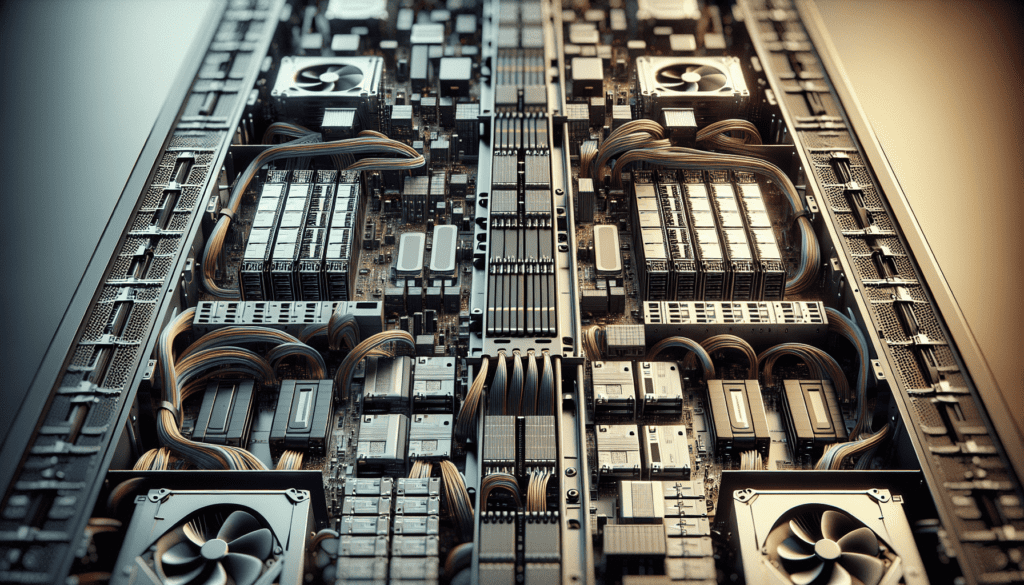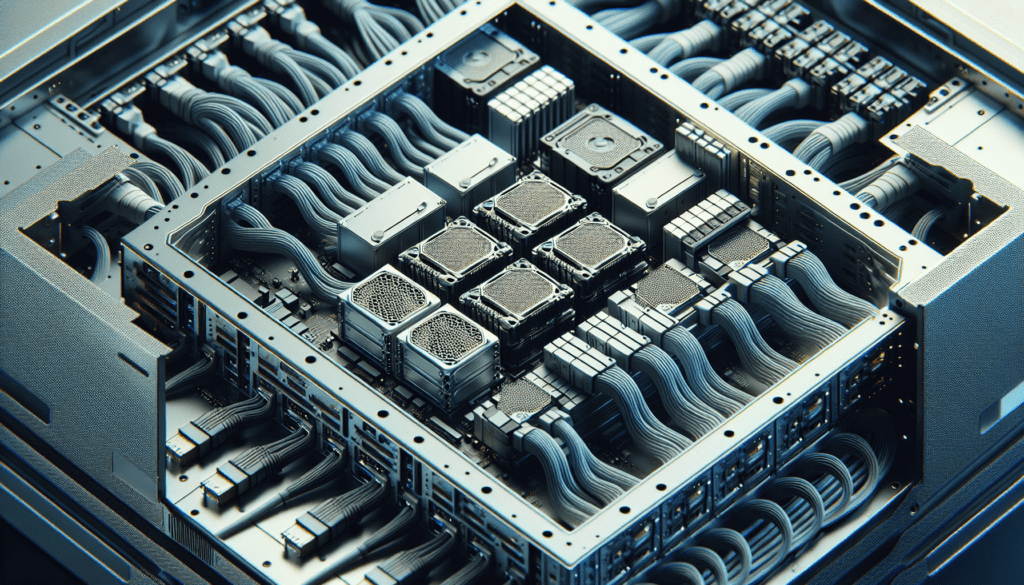How To Optimize Server Configurations For Specific Applications
Have you ever wondered how to get the most out of your server when running specific applications? In this article, we will explore the best practices for optimizing server configurations to maximize performance and efficiency for various types of applications. Whether you are running a web server, database server, or other specific applications, these tips will help you fine-tune your server to meet the demands of your workload.

Analyzing the Requirements of Your Application
Before you can optimize your server configurations for a specific application, it’s essential to understand the requirements of that application. Different applications have varying demands when it comes to CPU usage, memory, storage, and network bandwidth. By analyzing the requirements of your application, you can make informed decisions about how to allocate resources effectively.
When optimizing your server configurations, it’s crucial to start by assessing the needs of the application you are running. By understanding the demand for CPU, memory, storage, and network bandwidth, you can make targeted adjustments to improve performance.
Selecting the Right Hardware
One of the key factors in optimizing server configurations is selecting the right hardware for the job. The type of hardware you choose will have a significant impact on the performance of your server and the applications it runs. When selecting hardware, consider factors such as CPU speed and cores, memory capacity, storage type and capacity, and network capabilities.
Choosing the right hardware is crucial when it comes to optimizing server configurations for specific applications. Be sure to consider factors like CPU speed, memory capacity, storage type, and network capabilities when selecting hardware to ensure optimal performance.
Configuring CPU Resources
The CPU is a critical component of any server configuration, as it is responsible for executing instructions and running processes. When optimizing your server for a specific application, it’s essential to configure CPU resources effectively. This includes setting the number of CPU cores, assigning priority to specific processes, and managing CPU usage to prevent bottlenecks.
Configuring CPU resources is essential for optimizing server configurations. By setting the number of CPU cores, prioritizing processes, and managing CPU usage, you can ensure that your server runs efficiently and effectively for the application you are running.
Optimizing Memory Allocation
Memory is another crucial component of server configurations, as it is used to store data and instructions for processing. When optimizing your server for a specific application, it’s important to allocate memory appropriately. This includes setting the amount of memory available to each application, configuring virtual memory settings, and monitoring memory usage to prevent overflow and inefficiencies.
Optimizing memory allocation is key to maximizing server performance for specific applications. By allocating memory appropriately, configuring virtual memory settings, and monitoring usage, you can ensure that your server has enough memory to run your applications smoothly.

Storage Configuration Best Practices
Storage is essential for storing data and files on your server, and optimizing storage configurations can have a significant impact on performance. When configuring storage for a specific application, consider factors such as the type of storage (e.g., SSD vs. HDD), RAID configurations, and file system settings. By following best practices for storage configuration, you can ensure that your server has fast and reliable access to data.
When optimizing storage configurations for specific applications, it’s important to consider factors like storage type, RAID configurations, and file system settings. By following best practices for storage configuration, you can ensure that your server has efficient and reliable access to data.
Network Bandwidth Optimization
Network bandwidth is crucial for the performance of server applications that rely on network connectivity. When optimizing your server configurations, it’s important to consider how to maximize network bandwidth for your specific application. This includes configuring network interfaces, optimizing network protocols, and monitoring network traffic to identify and resolve bottlenecks.
Optimizing network bandwidth is essential when it comes to server configurations for specific applications. By configuring network interfaces, optimizing protocols, and monitoring traffic, you can ensure that your server has the necessary bandwidth to support your applications.
Monitoring and Tuning Performance
Once you have optimized your server configurations for a specific application, it’s important to monitor performance and make any necessary adjustments. Monitoring tools can help you track CPU usage, memory consumption, storage capacity, network traffic, and other key metrics. By tuning your server based on performance data, you can continuously optimize configurations to meet the evolving needs of your applications.
Monitoring and tuning performance is an ongoing process when it comes to optimizing server configurations. By using monitoring tools to track key metrics and making adjustments based on performance data, you can ensure that your server remains optimized for the specific applications you are running.
Conclusion
Optimizing server configurations for specific applications is crucial for maximizing performance and efficiency. By analyzing the requirements of your application, selecting the right hardware, configuring CPU resources, optimizing memory allocation, following storage configuration best practices, maximizing network bandwidth, and monitoring and tuning performance, you can fine-tune your server to meet the demands of your workload. By following these best practices, you can ensure that your server runs smoothly and effectively for the applications you run.









